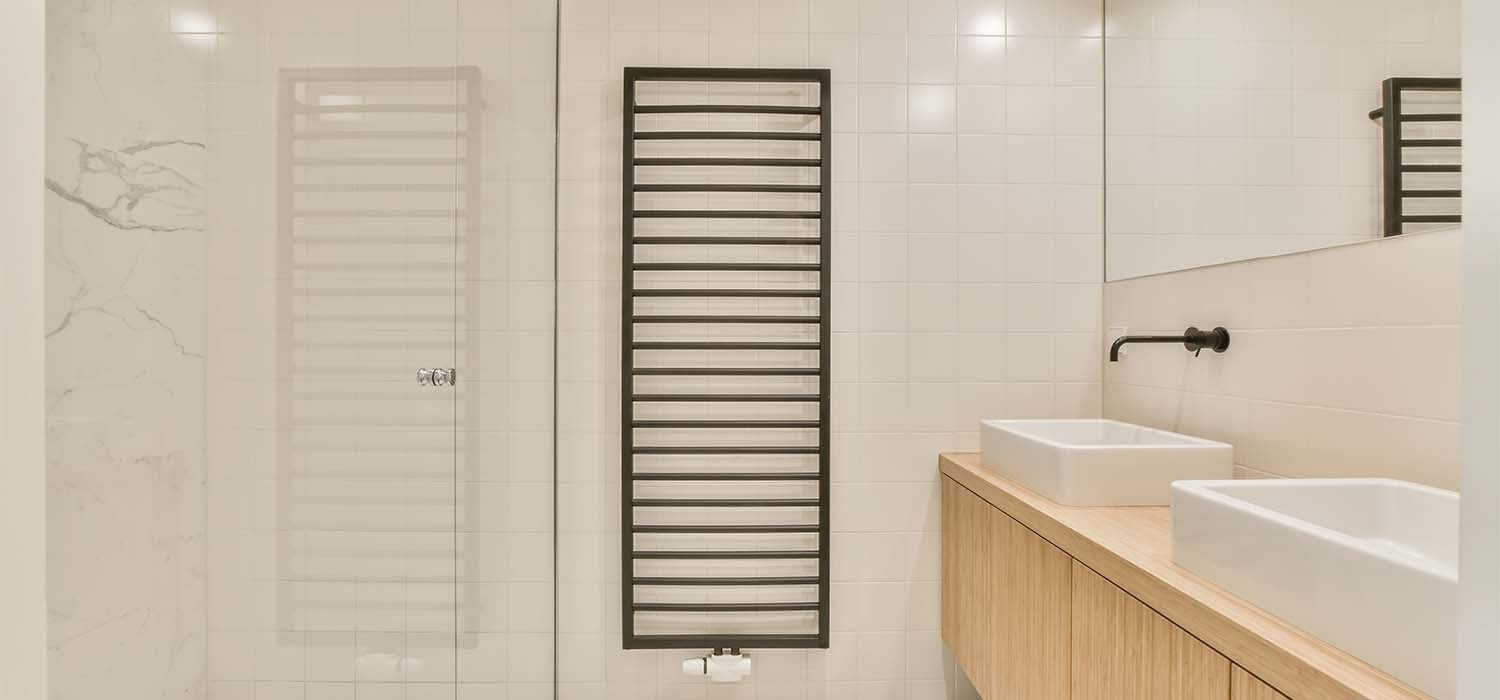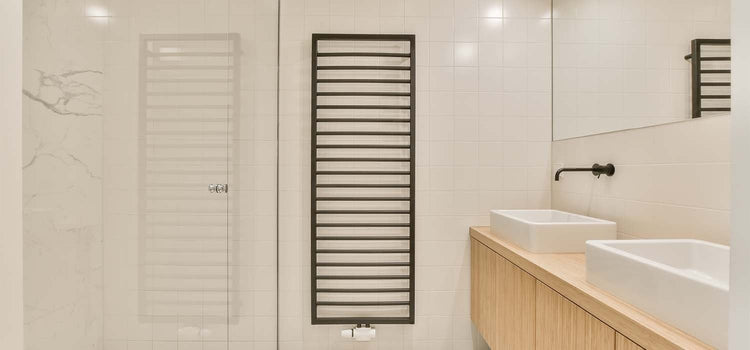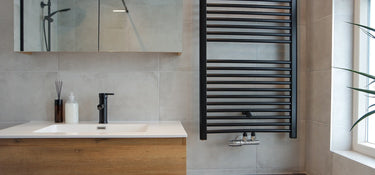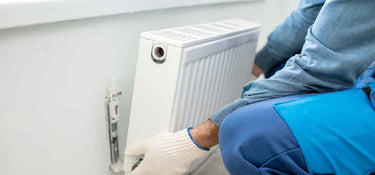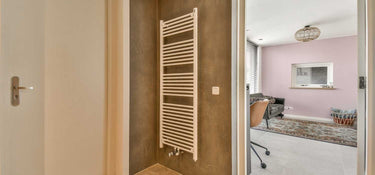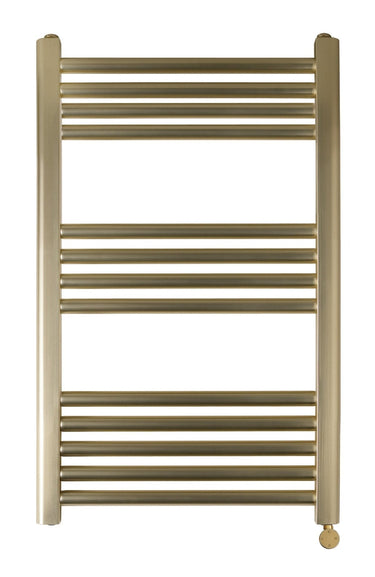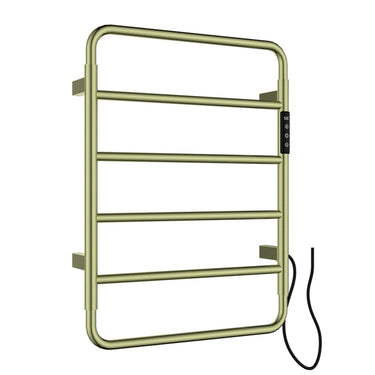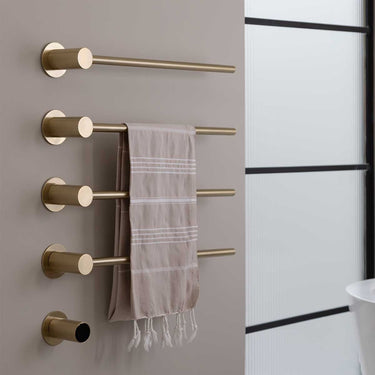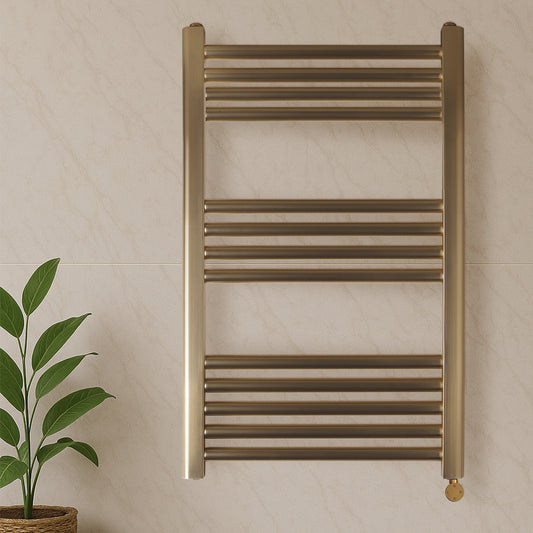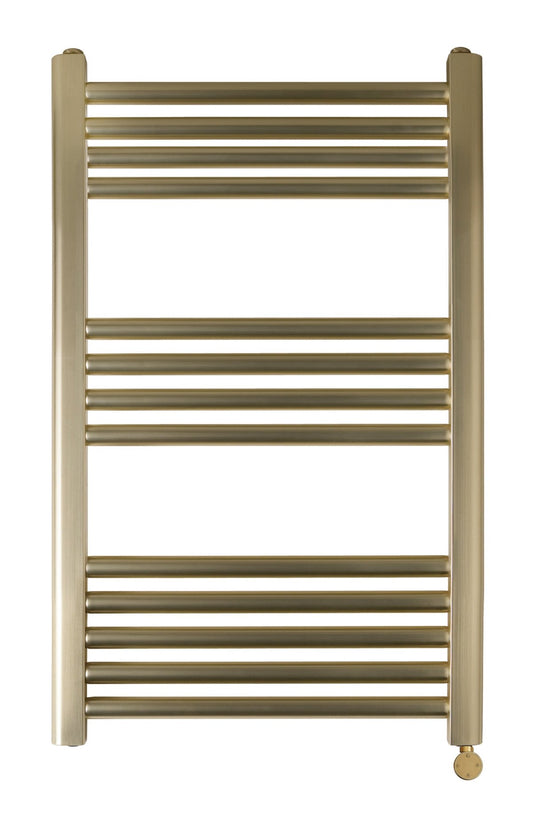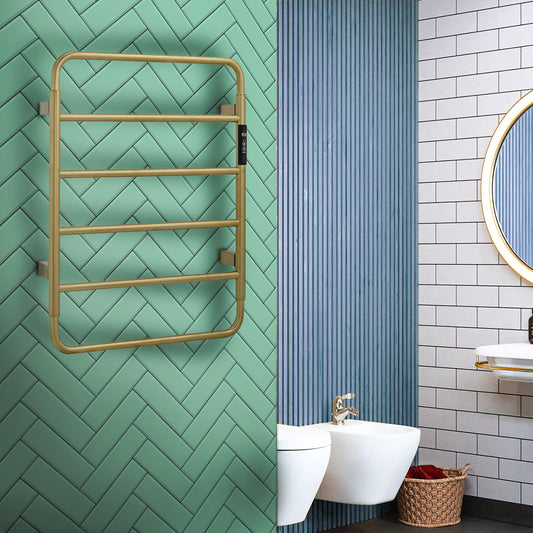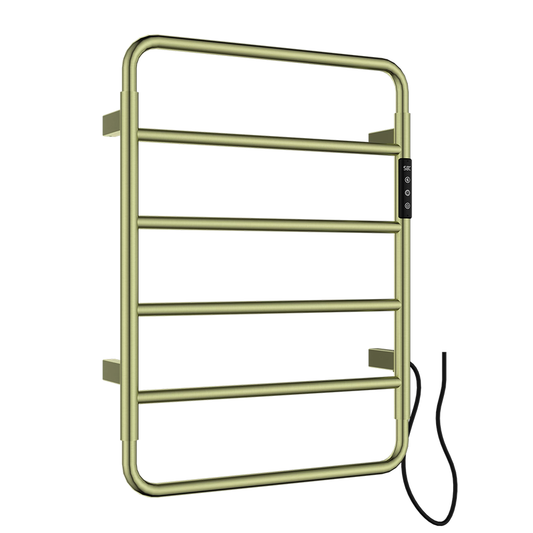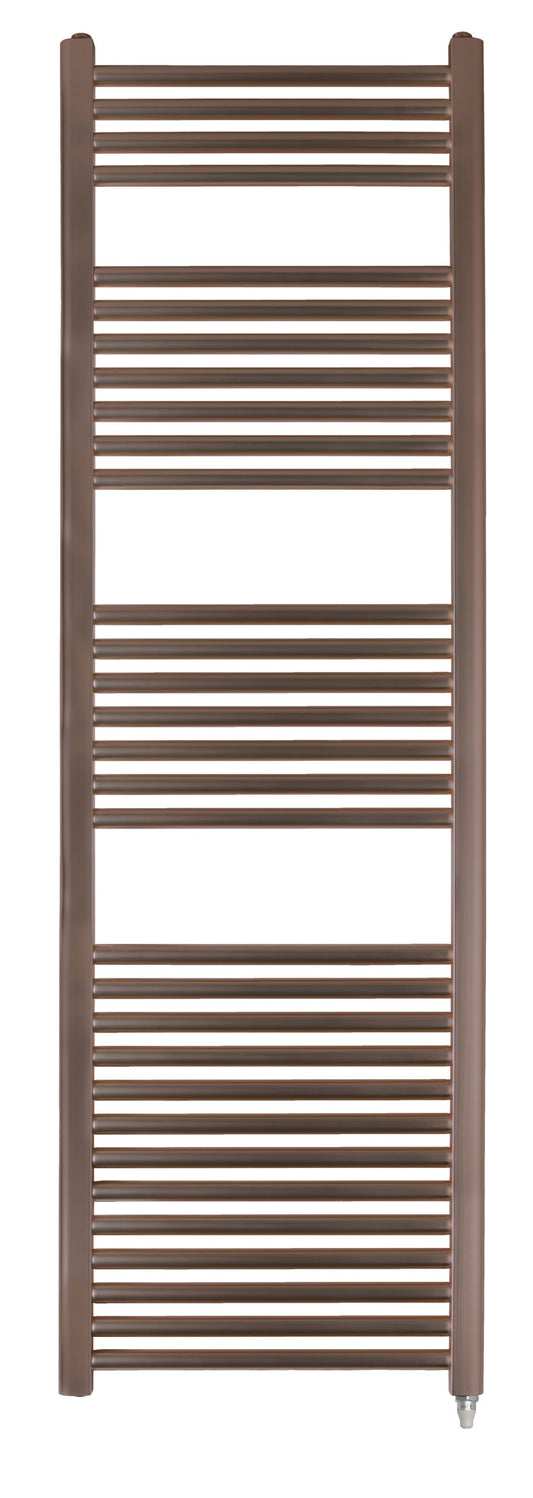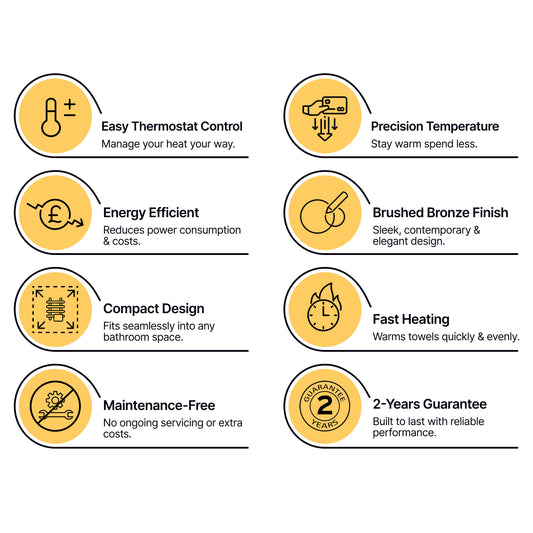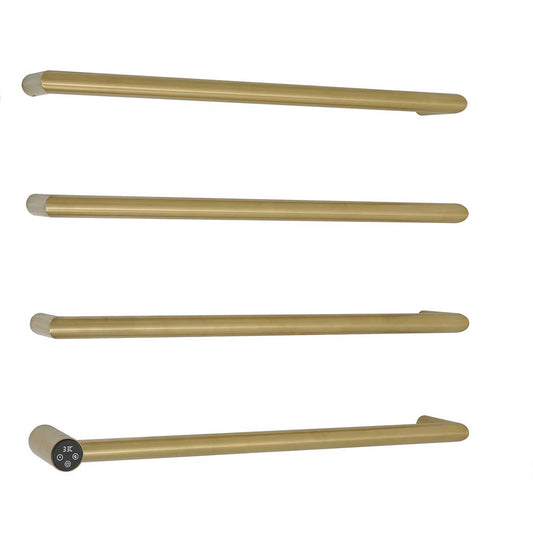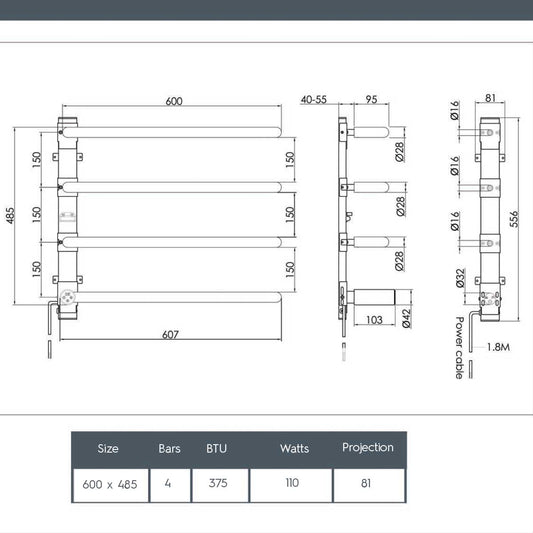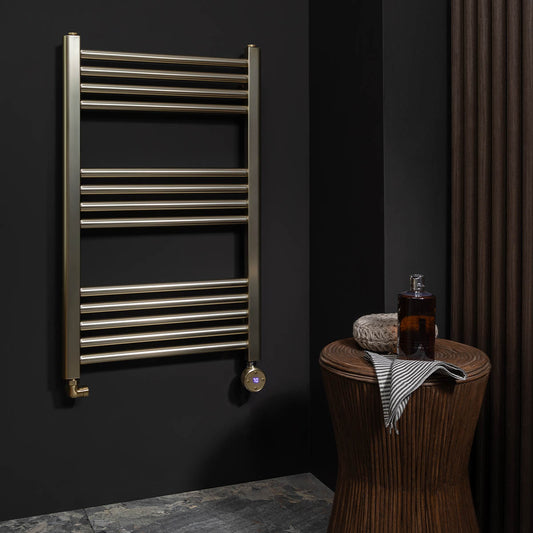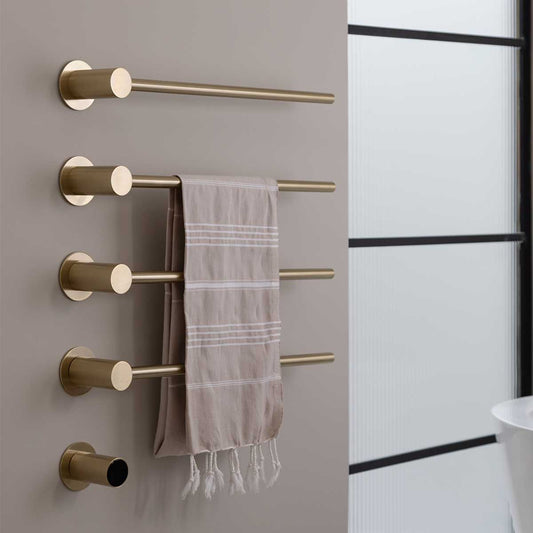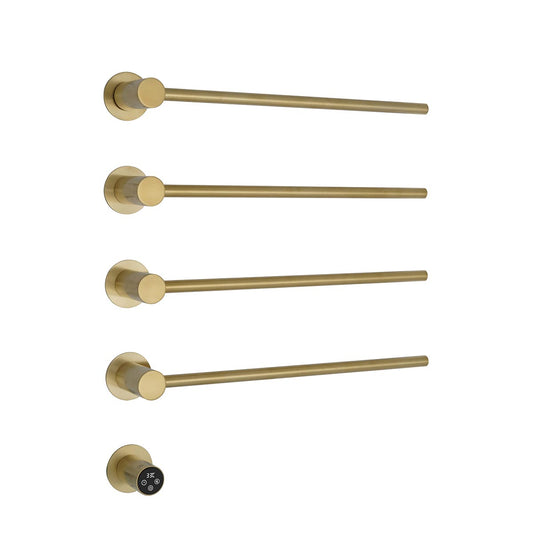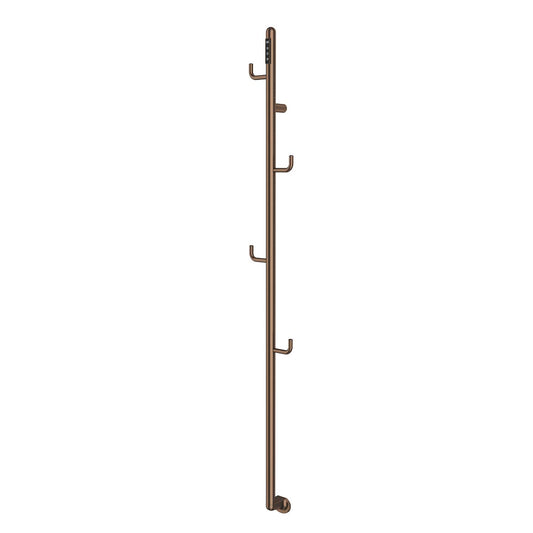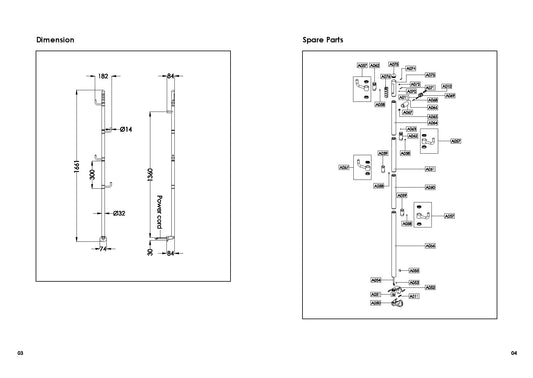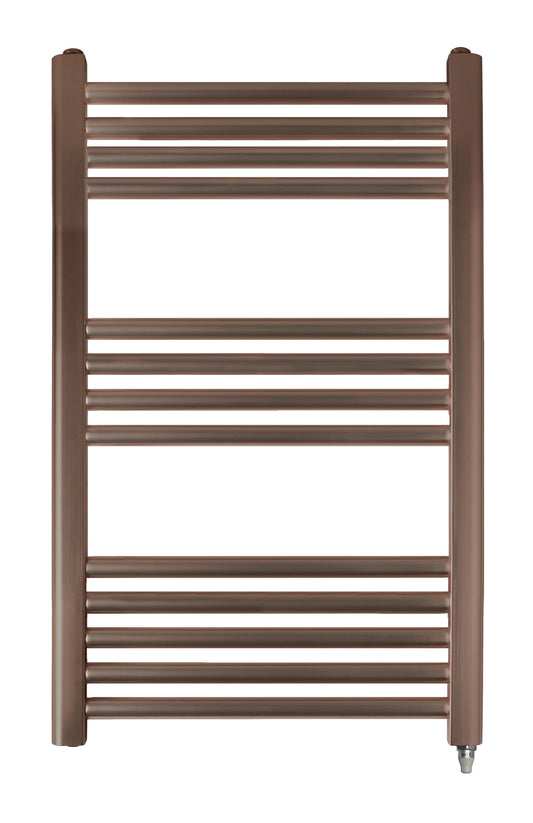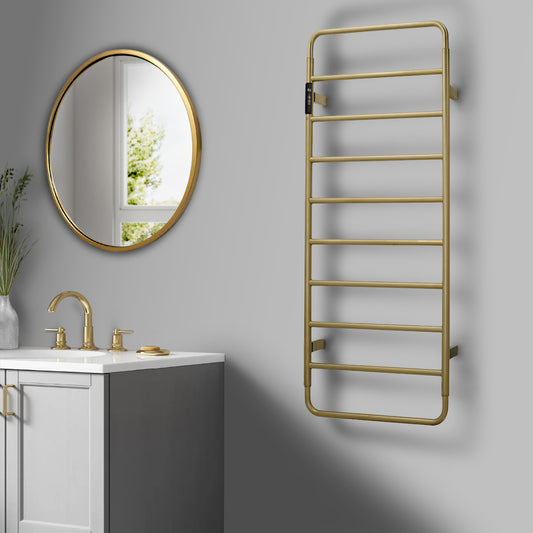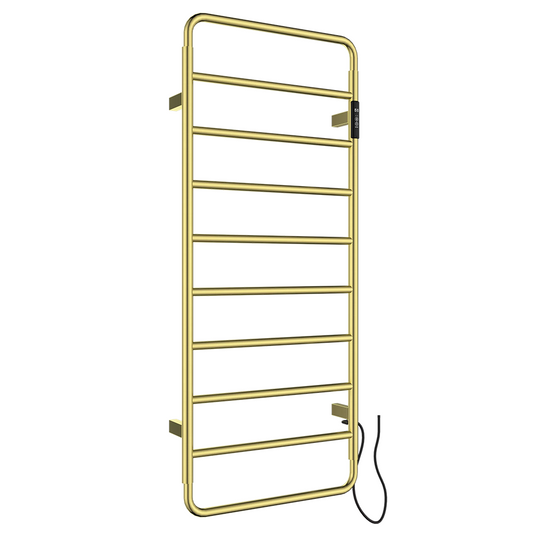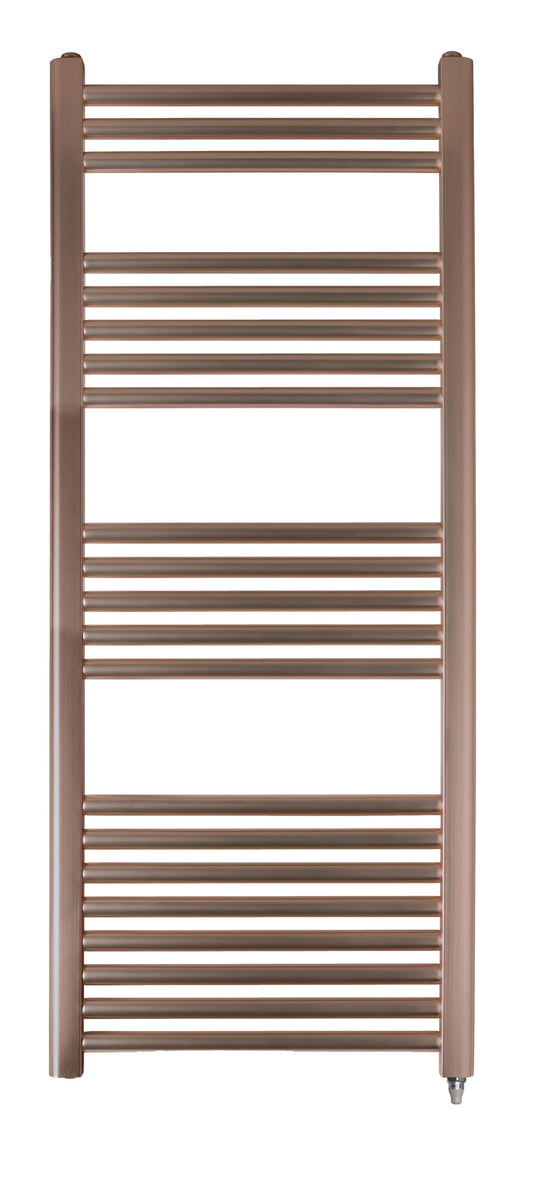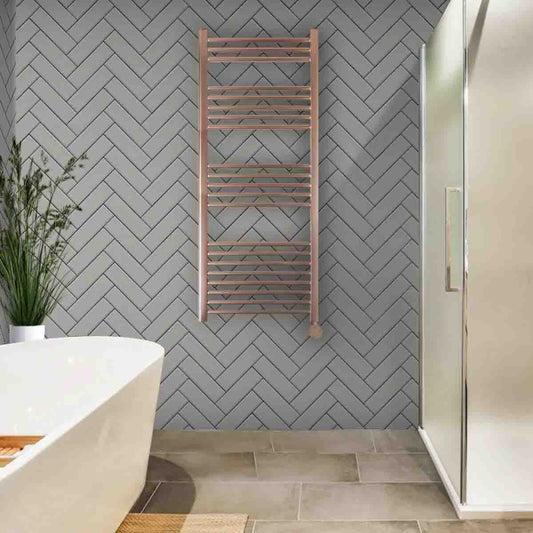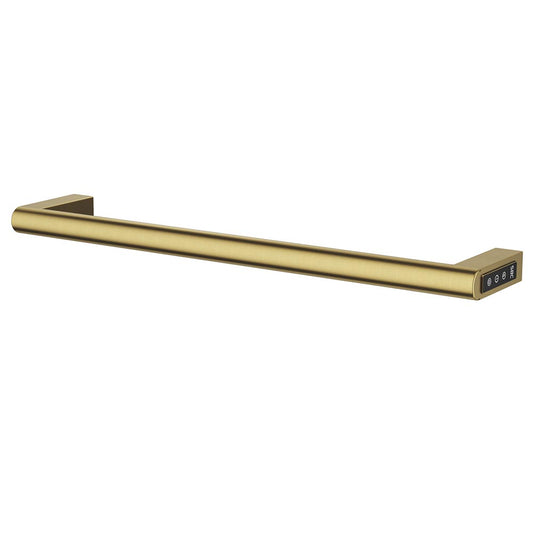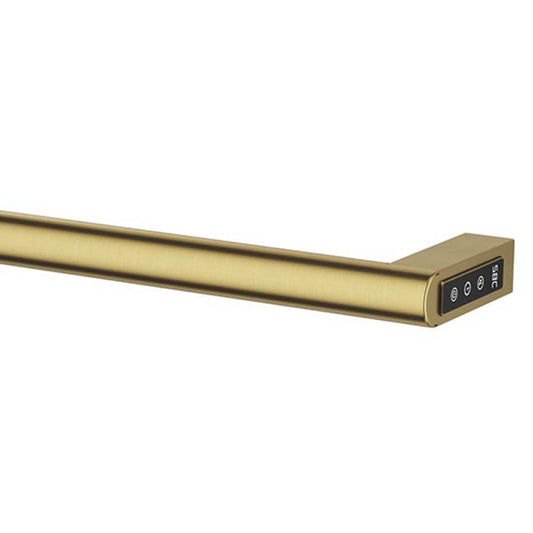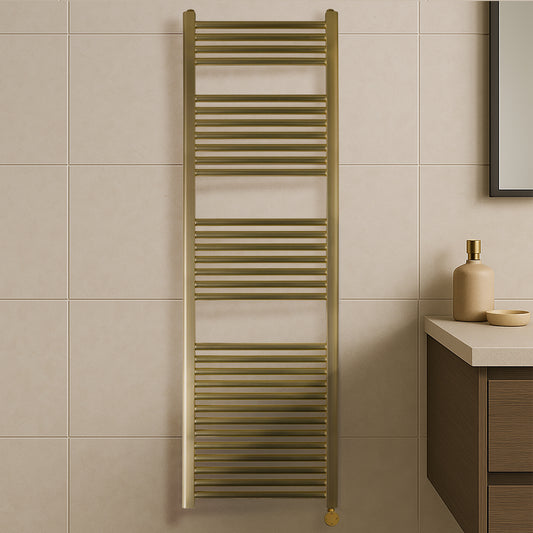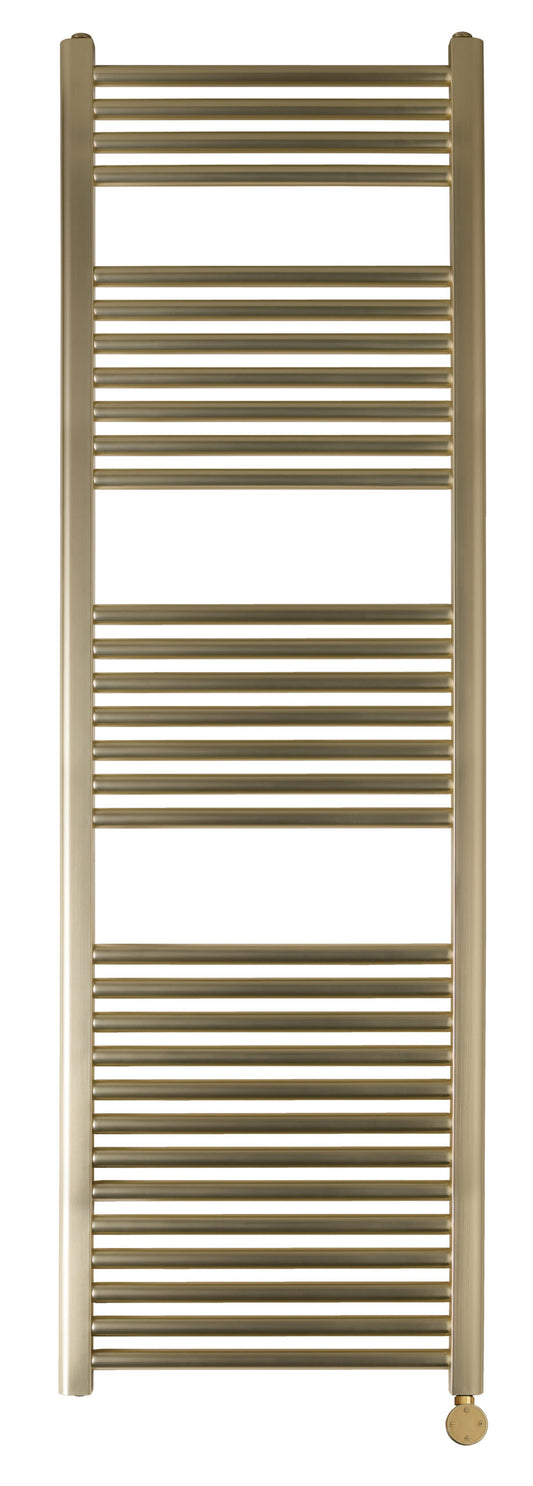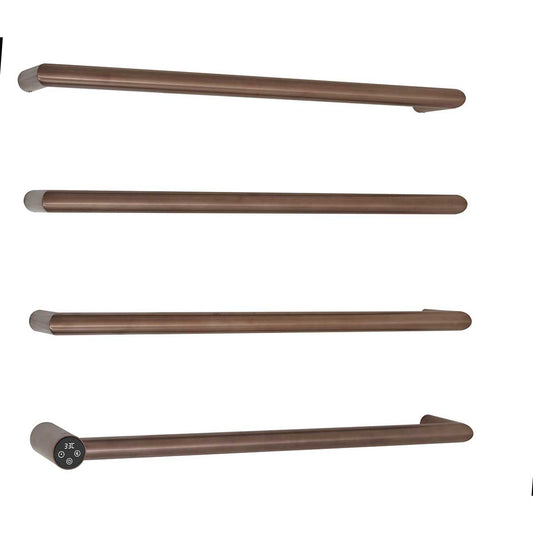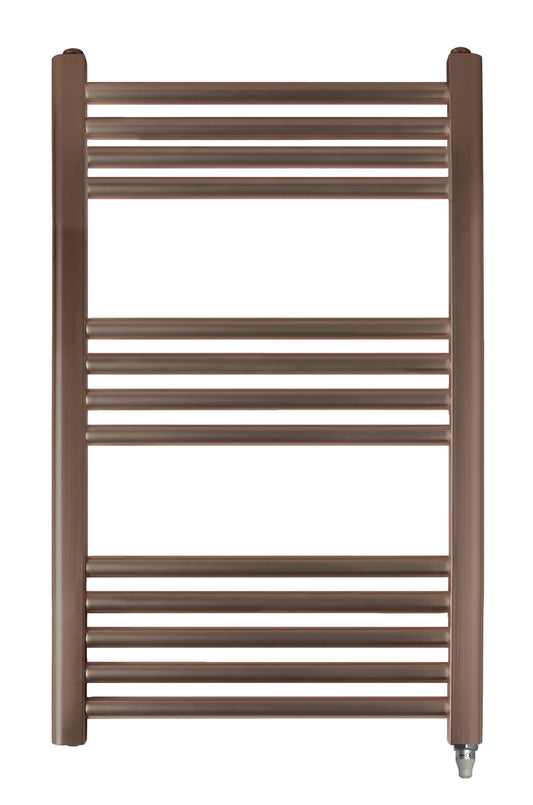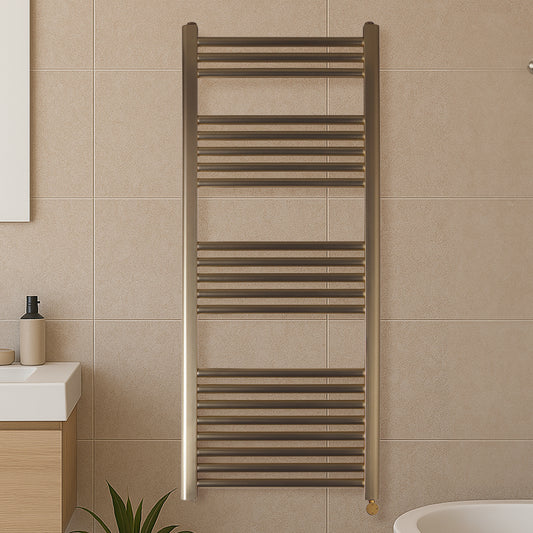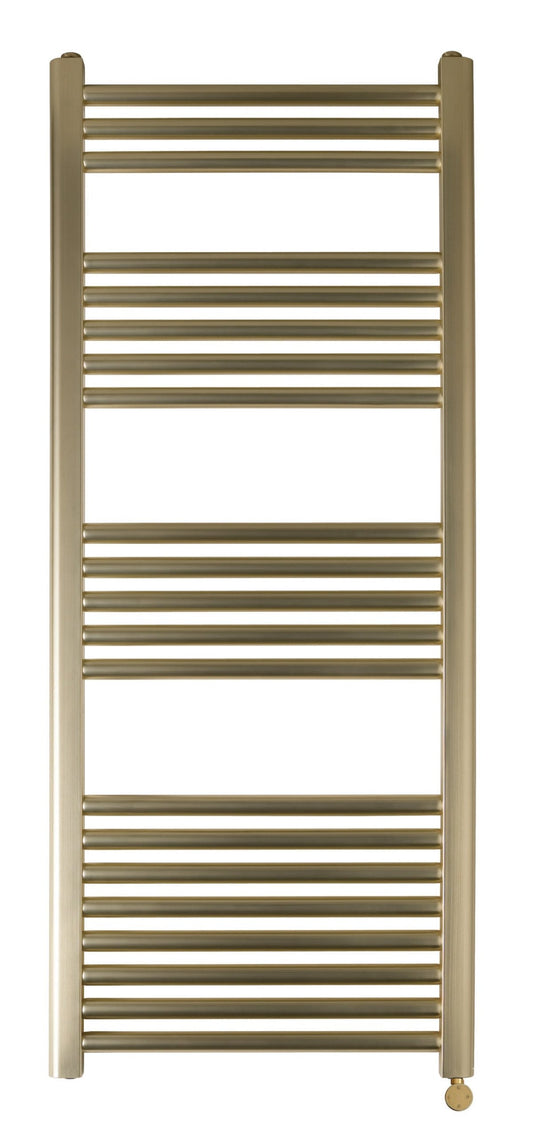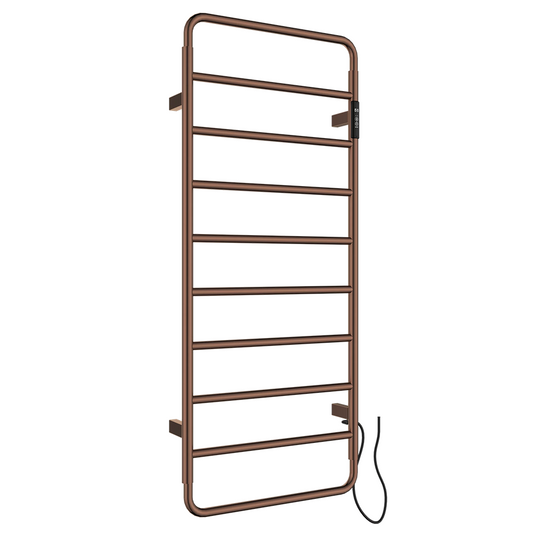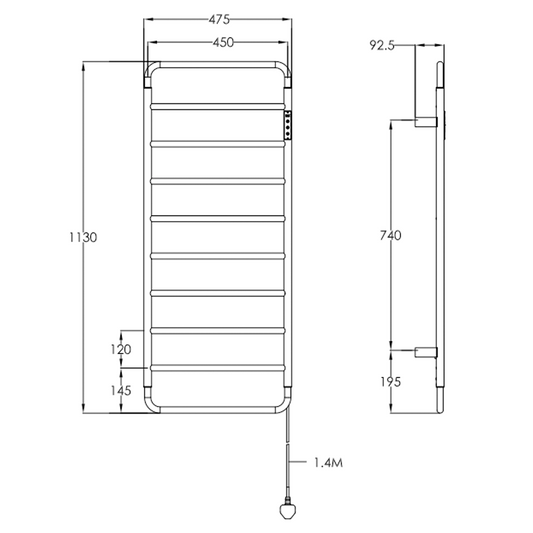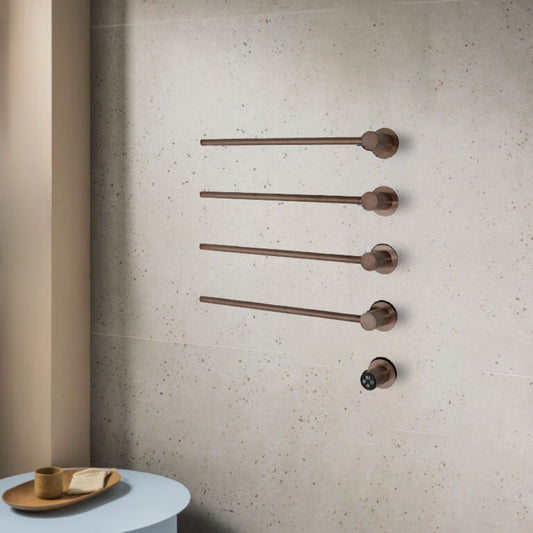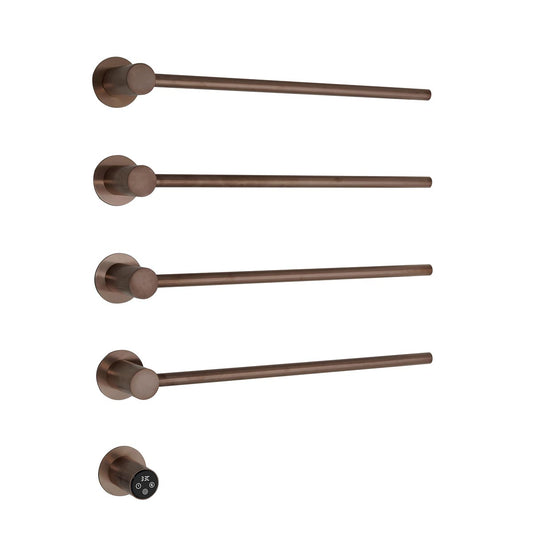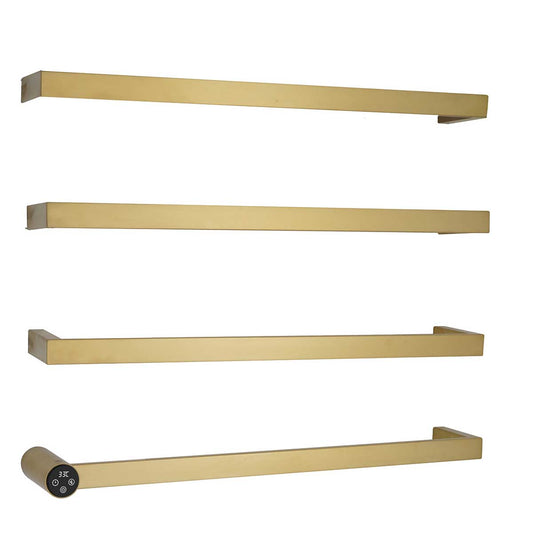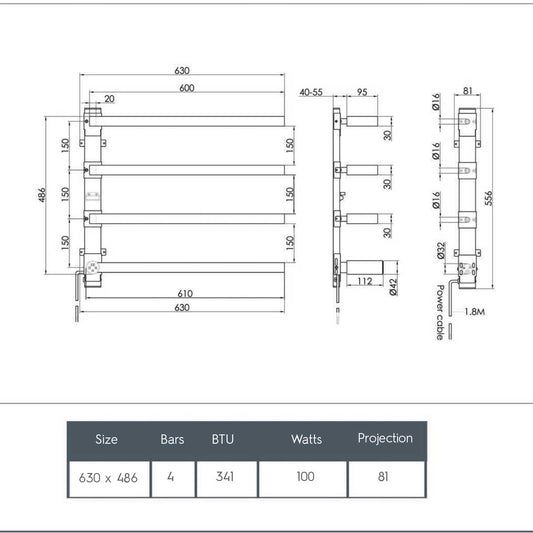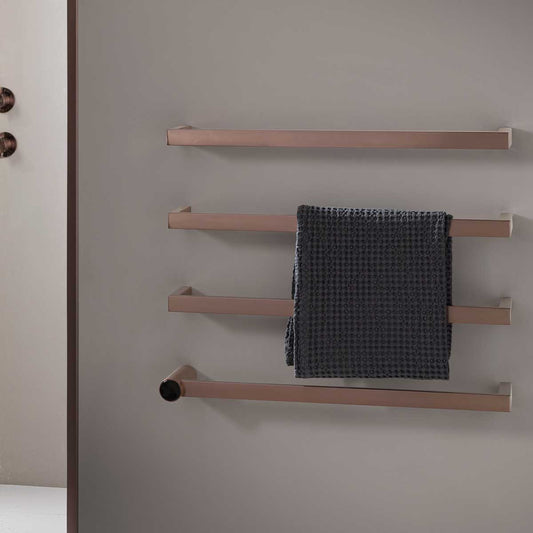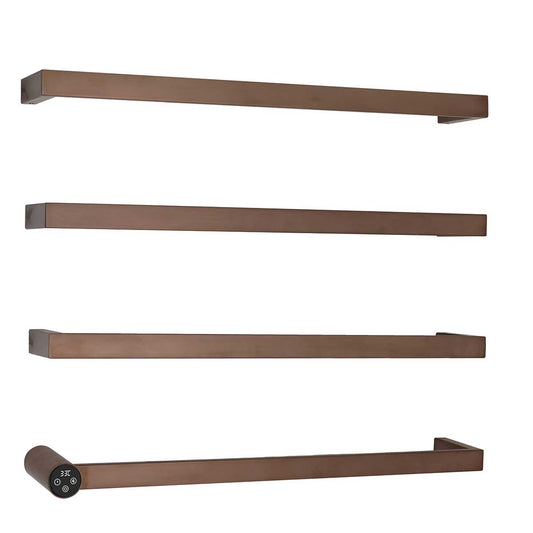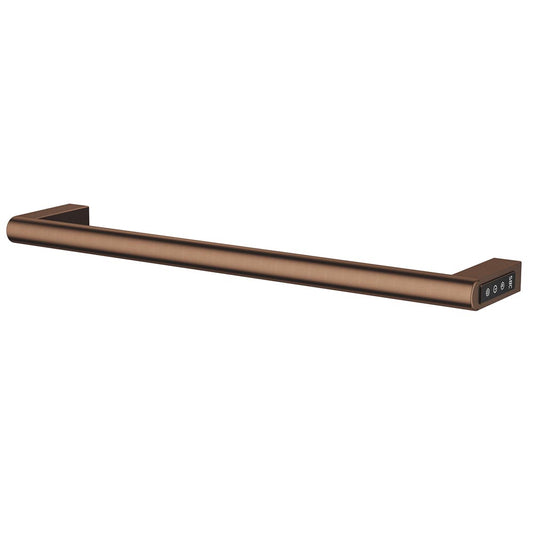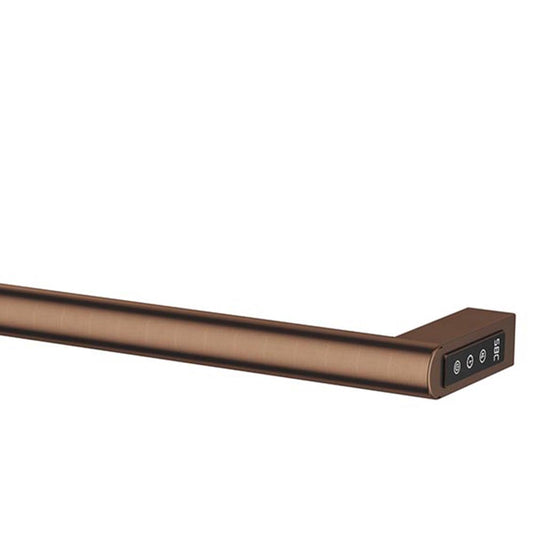Understanding How Electric Towel Rails Work
Table Of Contents:
-
Introduction
→ -
Electric Towel Radiators
→ -
Electric Towel Rail
→ -
How Do Electric Towel Rails Function?
→ -
Working of Electric Towel Radiator
→ -
How to Effectively Heat Your Electric Towel Rail
→ -
Conclusion
→ -
FAQs
→
Introduction
Electric towel rails are a popular and practical addition to modern bathrooms. Not only do they keep your towels warm and dry, but they also provide a touch of luxury to your daily routine. In this blog, we’ll explore how electric towel rails work, how they function, and what makes them such an efficient heating solution for your bathroom.
Electric Towel Rail
An electric towel rail is a standalone heating unit designed specifically for warming towels and heating the bathroom. Unlike traditional towel rails, which rely on the central heating system or hot water circulation, electric towel rails are powered by electricity. They consist of metal bars or tubes that heat up when electricity flows through an integrated heating element, making them perfect for smaller bathrooms or as a supplementary heat source in larger spaces.
These towel rails are available in a range of designs and finishes, allowing them to blend seamlessly with your bathroom decor while providing functional benefits. Electric towel rails are independent of your home’s central heating system, meaning they can be used year-round, even when the central heating is off.

How Do Electric Towel Rails Function?
Electric towel rails operate by using an electric heating element that warms the bars or tubes of the radiator. When you switch on the towel rail, electricity flows through the heating element, causing it to generate heat. This heat is then transferred to the metal surface of the bars, warming them up and effectively drying towels placed on them.
Electric towel rails work in a similar manner to other electric heaters, but they are specifically designed for bathrooms and towels. These units can be installed as standalone products, or in some cases, they can be wired into the home’s electrical system for added convenience. The key to their operation lies in the heating element inside the rail, which comes in two common forms: dry element or fluid-filled.

Working of Electric Towel Radiator
Electric towel radiators are becoming an increasingly popular choice for bathrooms due to their ability to provide both warmth and dry towels efficiently. They are powered independently by electricity, which makes them a convenient and versatile heating solution for bathrooms of any size. Understanding how an electric towel radiator works will help you make the best use of this modern appliance. Here’s a breakdown of how it operates:
1. Power Source
Electric towel radiators are powered directly by electricity. Unlike traditional towel rails that rely on a central heating system or hot water supply, electric towel radiators work independently. They can be connected to a regular electrical socket or wired into your home’s electrical system, depending on the model and your bathroom setup. This makes them ideal for bathrooms that don’t have a central heating system or need an additional heating source.
2. Heating Element
The key component in an electric towel radiator is its heating element, which is responsible for generating heat. The radiator can be powered by one of two types of heating systems:
-
Dry Element Heating: This type of radiator has electrical cables running through the metal bars. When electricity flows through the cables, they heat up and radiate warmth to the metal bars. The bars then heat up, and this heat is transferred to the towels hanging on them.
-
Fluid-Filled Heating: In a fluid-filled electric towel radiator, the bars are filled with a special fluid (like oil or a heat-retaining liquid). The heating element inside the unit warms the fluid, and as the fluid circulates, it transfers heat to the bars, creating a gentle, even warmth. This type of radiator tends to maintain heat for a longer period, even after the power is turned off.
3. Heat Transfer
Once the heating element heats up, the metal bars of the towel radiator absorb the heat and radiate it outward. The warm bars help dry the towels that are hung on them and also radiate warmth into the bathroom, helping to keep the room warm and cozy. The heat radiated from the towel radiator can help combat humidity and prevent your towels from staying damp for too long.
4. Thermostat Control
Most electric towel radiators are equipped with a thermostat, which allows you to set and maintain the desired temperature. Once the radiator reaches the set temperature, the thermostat turns off the heating element to prevent overheating. When the temperature drops, the thermostat will activate the heating element again to bring the radiator back to the desired warmth. This system ensures that your radiator operates efficiently while conserving energy.
5. Timer Function
Many modern electric towel radiators feature a timer function. The timer lets you schedule the radiator to turn on and off at specific times. For example, you could set the radiator to warm up your towels before you shower in the morning or turn off automatically after a certain period. This feature is especially helpful in managing energy consumption, as you can use the radiator only when necessary, avoiding unnecessary electricity usage.
6. Maintenance and Durability
Electric towel radiators require minimal maintenance. The solid metal construction ensures durability, and cleaning is as simple as wiping down the bars with a soft cloth. For fluid-filled models, it's important to periodically check the fluid level and inspect for any leaks. The thermostat and heating elements typically require no special attention, but it’s recommended to have a professional inspect the radiator if you encounter any issues with heating or electrical connections.
The working of an electric towel radiator revolves around the use of an electric heating element to warm up the bars, which in turn dry and warm towels. With the added benefits of thermostats and timers, electric towel radiators provide an efficient and convenient solution for heating both your bathroom and your towels. Whether you choose a dry element or fluid-filled model, electric towel radiators are a reliable addition to any bathroom, offering comfort, warmth, and efficiency.

How to Effectively Heat Your Electric Towel Rail
Heating an electric towel rail is a simple and convenient process that can make your bathroom more comfortable and ensure your towels are always warm and dry. Whether you're using it to add warmth to your bathroom or to keep your towels dry, electric towel rails offer an efficient solution. Here's a guide on how to heat your electric towel rail properly and make the most out of it.
1. Powering Up the Towel Rail
The first step in heating your electric towel rail is turning it on. Most electric towel rails have a switch that you can use to power it on, located on the unit itself or remotely controlled, depending on the model. Once activated, electricity flows to the heating element, causing the bars to warm up.
If your unit has a built-in thermostat, adjust it to your desired temperature for an optimal heating experience.
2. Using the Thermostat Control
Many electric towel rails feature thermostats that allow you to control the temperature of the unit. This ensures the towel rail maintains a consistent heat level while preventing it from overheating.
-
Adjusting the Temperature: Set the thermostat to your preferred level. Typically, you’ll want the towel rail to be warm enough to dry towels without getting too hot for comfort.
-
Automatic Temperature Regulation: Once the towel rail reaches the set temperature, the thermostat will turn off the heating element to maintain that level of heat. The heating element will turn back on when the temperature drops.
3. Setting the Timer Function
For added convenience, many electric towel rails include a timer function. This feature allows you to set the time for the towel rail to turn on or off automatically.
-
Programming the Timer: You can schedule the towel rail to start warming your towels before you wake up or after your bath, ensuring towels are ready when you need them.
This function helps you conserve energy, as it ensures the towel rail operates only when needed.
4. Utilizing the Boost Function (If Available)
Certain electric towel rails come with a “boost” feature, which increases the heat output temporarily. This is perfect when you need to warm up your towels quickly or if you need extra heat in the bathroom for a short period.
-
Activating the Boost Mode: Simply press the boost button (if available), and the towel rail will heat up faster, delivering a burst of warmth. Keep in mind that boost mode should be used sparingly to save energy.
5. Proper Towel Placement
To get the best heating results, ensure that towels are hung properly on the rails. Place them evenly across the bars to allow proper heat distribution, which ensures that the towels dry evenly and heat up fully. Avoid overcrowding the towel rail, as this can restrict airflow and reduce its efficiency.
6. Switching Off After Use
Once your towels are sufficiently warm or dry, it’s a good practice to turn the electric towel rail off to save energy. If your towel rail has a built-in timer or thermostat, it may automatically shut off when it reaches the desired temperature, but turning it off manually when not in use is a great energy-saving habit.
Heating an electric towel rail is quick and easy, with features like thermostats, timers, and boost functions to enhance convenience and efficiency. By understanding how to use these settings effectively, you can ensure that your towels stay warm, dry, and ready for use while maintaining optimal energy usage. Whether for comfort, luxury, or practicality, an electric towel rail is a wonderful addition to any bathroom.
Conclusion
Electric towel rails and radiators offer a practical and stylish solution for keeping your towels warm and your bathroom comfortable. They operate by using an electric heating element, which heats the bars of the radiator, drying towels and emitting warmth into the bathroom. With options for thermostats, timers, and energy-efficient designs, these units are easy to control and can be used year-round for ultimate convenience.
Whether you’re looking for a sleek towel rail to complement your modern bathroom or a more robust towel radiator to heat your space, understanding how these devices work can help you make an informed decision about which one is right for you.
FAQs
Yes, electric towel rails are generally energy-efficient, especially when used with thermostats and timers that allow you to control usage. This ensures that the rail is only running when necessary, reducing unnecessary energy consumption.
While some electric towel rails can be installed by yourself, it's often recommended to have them professionally installed, particularly if they need to be wired into your home’s electrical system. Proper installation ensures safety and efficiency.
Yes, an electric towel rail can provide some additional heat to your bathroom, especially if it’s a larger model. However, they are primarily designed to warm towels, so for extensive bathroom heating, you may need a separate heating system.
Most electric towel rails will begin to heat up within a few minutes of being turned on, with the towels becoming warm and dry within 30 minutes to an hour, depending on the model.
Yes, electric towel rails are perfect for year-round use. During the warmer months, you can use them for drying towels without relying on your central heating system. Many models allow you to adjust the temperature settings to suit different seasons.


